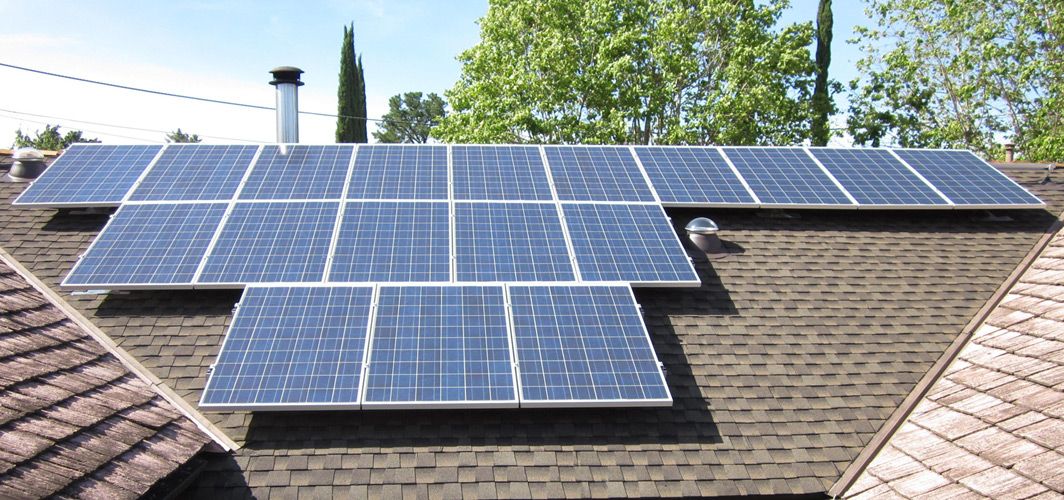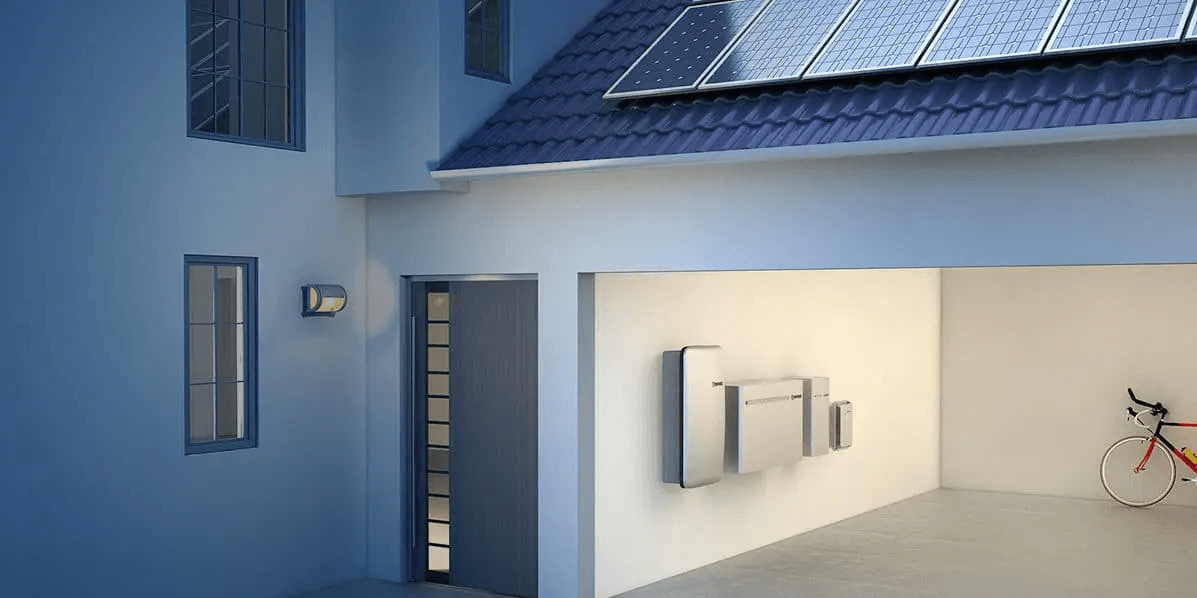How Solar Power Works for Dummies
05/02/2025

Interested in solar power but not too sure where to start? We’ve written a short all-you-need-to-know about solar so you can sound like you know what you’re talking about to your friends.
Let's Shed Light on Solar Panels
Solar panels are like the superheroes of the energy world, silently capturing sunlight and converting it into electricity. But how exactly do they work their magic?
• Sunlight Absorption: When sunlight hits the solar panels on your roof, they're made up of tiny units called photovoltaic cells (PV cells). These cells are made of semiconductor materials, like silicon, which absorb photons from sunlight.
• Electron Excitement: As sunlight strikes the PV cells, it knocks electrons loose from their atoms, creating an electric current. This phenomenon is known as the photovoltaic effect.
• Direct Current (DC) Conversion: The solar panels generate direct current (DC) electricity. However, most homes in New Zealand use alternating current (AC) electricity. That's where inverters come into play. They convert the DC electricity from the panels into AC electricity that your home can use.
• Powering Your Home: Once converted, the AC electricity flows into your home's electrical panel, powering your lights, appliances, and gadgets. Any excess electricity can be fed back into the grid, earning you credits through net metering.

From Rooftop to Home: How Solar Powers Your Life
Now that you understand the basics of how solar panels work, let's see how they operate on your roof to power your home:
• Installation: Solar panels are mounted on your roof at an angle to maximize exposure to sunlight. Ideally, they should face north in the Southern Hemisphere for optimal efficiency.
• Solar Energy Collection: During the day, as sunlight strikes the panels, they generate electricity, which is then used to power your home's electrical appliances.
• Grid Interaction: If your solar panels produce more electricity than your home needs, the excess is sent back to the grid, reducing your electricity bill or earning you credits.
• Night-time and Cloudy Days: When the sun goes down or during cloudy weather, your home draws electricity from the grid as usual. This ensures a constant power supply, regardless of weather conditions.

Harnessing Solar Power with Batteries
While feeding excess electricity back into the grid is beneficial, some homeowners prefer to store the surplus energy for later use. Enter: solar batteries. These batteries store excess energy generated by your solar panels during the day for use during periods of low sunlight or at night.
• Energy Storage: Solar batteries store the excess electricity produced by your solar panels, allowing you to use it when the sun isn't shining.
• Backup Power: In the event of a power outage, solar batteries can provide backup power to keep essential appliances running.
• Maximizing Self-Consumption: By storing surplus energy for later use, you can maximize self-consumption and reduce reliance on the grid, further lowering your electricity bills.
Congratulations! You're now well-versed in the world of solar power. By harnessing the sun's abundant energy, you can not only reduce your carbon footprint but also save money on your electricity bills. So, why not join the solar revolution and start powering your home with clean, renewable energy today? Click here to find a solar installer near you.
Remember, the team at Ecotricity is always here to support you on your journey to a greener future. Together, let's shine a light on a brighter, more sustainable tomorrow for New Zealand and beyond.
(Banner image from GRENZ Electrical)







